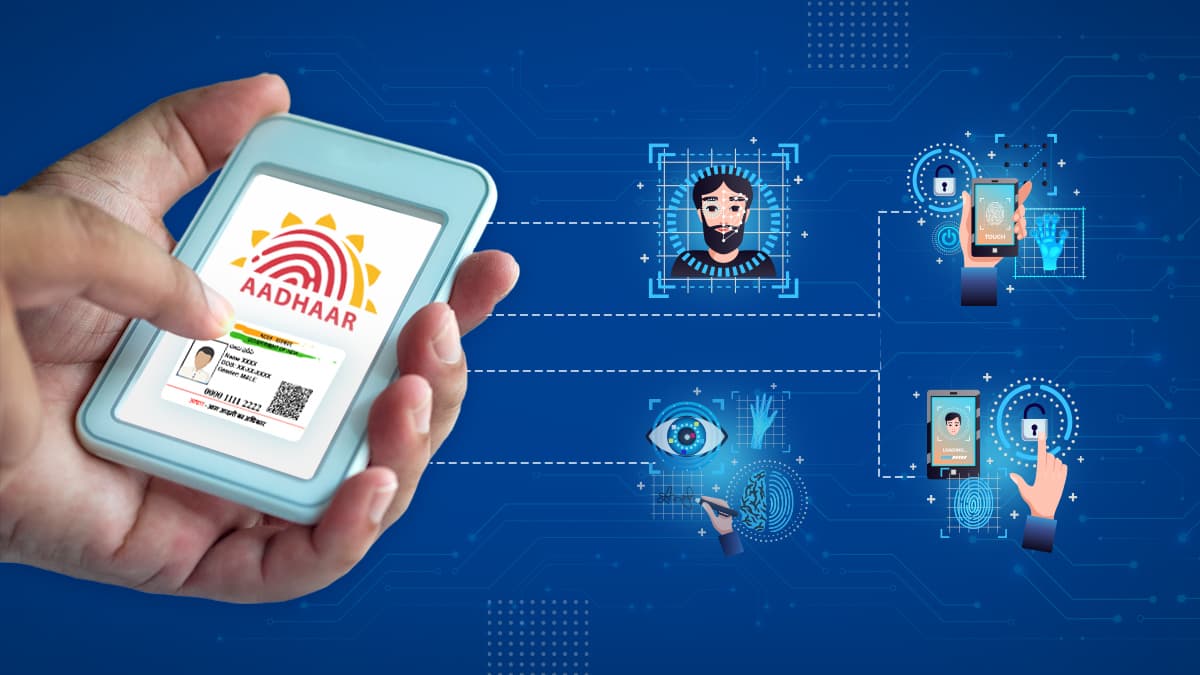.jpg)
In an increasingly globalized world, efficient port management is crucial for economic growth and regional competitiveness. East African nations, with their strategic location along major shipping routes, have the potential to become key players in global trade. However, they face numerous challenges in port operations and management.
East African ports, such as Mombasa (Kenya), Dar es Salaam (Tanzania), and Djibouti, serve as vital gateways for trade in the region. However, they face significant hurdles:
- Inefficient cargo handling
- Lengthy customs clearance processes
- Inadequate infrastructure
- Limited capacity
- Security concerns
These challenges result in longer dwell times, increased costs, and reduced competitiveness. For instance, a World Bank report indicates that the average dwell time at the Port of Mombasa is 5.8 days, compared to the global best practice of 3-4 days (World Bank, 2022).
The Role of IT in Transforming Port Management
.jpg)
Information Technology offers a range of solutions that can address these challenges and revolutionize port management in East Africa. Let's explore key areas where IT can make a significant impact:
Port Community Systems (PCS)
A Port Community System is an electronic platform that connects multiple stakeholders in the port ecosystem, including shipping lines, customs authorities, terminal operators, and freight forwarders. By implementing a PCS, East African governments can:
- Streamline communication and data exchange
- Reduce paperwork and manual processes
- Enhance visibility and traceability of cargo
Tanzania Ports Authority (TPA) implemented a PCS in 2017, resulting in a 30% reduction in cargo dwell time at the Port of Dar es Salaam within the first year of operation (TPA Annual Report, 2018).
Automated Gate Systems
.jpg)
Implementing automated gate systems can significantly improve the flow of vehicles and cargo in and out of ports. These systems utilize technologies such as:
- Optical Character Recognition (OCR) for container and license plate identification
- Radio-Frequency Identification (RFID) for tracking vehicles and containers
- Biometric authentication for driver verification
A study by the African Development Bank found that automated gate systems can reduce truck processing times by up to 70% (AfDB Port Modernization Report, 2021).
.jpg)
Cargo Tracking and Tracing Systems
Real-time cargo tracking systems enable port authorities and stakeholders to monitor the movement of goods throughout the supply chain. Benefits include:
- Enhanced security and reduced theft
- Improved planning and resource allocation
- Increased transparency for customers and regulatory bodies
The Kenya Revenue Authority implemented the Regional Electronic Cargo Tracking System (RECTS) in 2017, which led to a 30% increase in tax revenue collection and a significant reduction in cargo diversion cases (KRA Annual Report, 2019).
Terminal Operating Systems (TOS)
Advanced Terminal Operating Systems can optimize container yard operations, berth allocation, and equipment utilization. Key features include:
- Automated yard planning and container stacking
- Real-time equipment tracking and dispatching
- Integration with vessel scheduling and berthing systems
The implementation of a modern TOS at the Port of Djibouti in 2019 resulted in a 25% increase in container handling productivity and a 15% reduction in vessel turnaround time (Djibouti Ports and Free Zones Authority, 2020).
Customs Management Systems
Modernizing customs processes through IT solutions can significantly reduce clearance times and improve compliance. Key components include:
- Electronic submission and processing of customs declarations
- Risk-based inspection systems
- Integration with other government agencies for seamless approval processes
Statistics show that the implementation of electronic single window systems in East African countries has reduced the average time for customs clearance by 30-50% (East African Community Customs Union Report, 2021).
Challenges in IT Implementation
.jpg)
While the benefits of IT solutions in port management are clear, governments face several challenges in their implementation. The high initial investment costs associated with advanced IT systems can be a significant barrier, particularly for countries with limited financial resources. Additionally, there is often a shortage of skilled personnel capable of operating and maintaining these sophisticated systems, which can hinder their effective deployment and utilization.
Resistance to change from traditional stakeholders presents another hurdle. Many long-standing port operators and customs officials may be hesitant to adopt new technologies, fearing job displacement or disruption to established processes. This resistance can slow down the implementation of IT solutions and reduce their overall effectiveness.
Cybersecurity concerns also loom large in the implementation of IT systems in port management. As ports become more digitally connected, they become increasingly vulnerable to cyber attacks, which can compromise sensitive data and disrupt critical operations. Ensuring robust cybersecurity measures is essential but can be challenging and costly.
Lastly, the integration of new IT solutions with existing legacy systems poses a significant technical challenge. Many East African ports operate on outdated systems that may not be compatible with modern IT infrastructure, necessitating complex and potentially disruptive integration processes.
To address these challenges, governments should consider a multifaceted approach. Public-private partnerships can be leveraged to finance IT infrastructure, distributing the financial burden and risk while benefiting from private sector expertise. Comprehensive training programs for port personnel should be implemented to build the necessary skills and knowledge base for operating advanced IT systems.
Change management initiatives are crucial to ensure stakeholder buy-in and smooth adoption of new technologies. These initiatives should focus on communicating the benefits of IT solutions and addressing concerns of affected parties. Robust cybersecurity measures and regular audits must be implemented to protect against digital threats and ensure the integrity of port operations.
Finally, a phased implementation approach can help minimize disruption and allow for gradual adaptation to new systems. This approach enables ports to incrementally upgrade their IT infrastructure, learning from each phase and making necessary adjustments before full-scale deployment.
The adoption of advanced IT solutions presents a significant opportunity for East African governments to enhance port management, increase efficiency, and boost regional competitiveness. By leveraging technologies such as Port Community Systems, automated gate systems, and advanced cargo tracking, these nations can address long-standing challenges and position themselves as key players in global trade.










































We will verify and publish your comment soon.